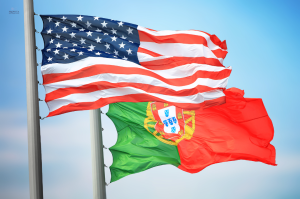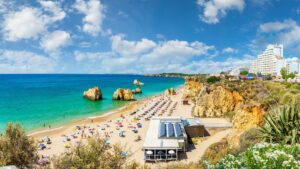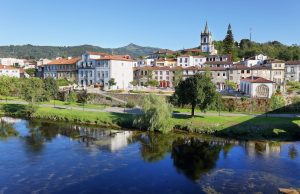When most people think about Carnaval, the first thing that often comes to mind is the elaborate parades and wild celebrations held in Brazil, particularly in Rio de Janeiro. But did you know that Carnaval was actually celebrated first in Portugal and, in fact, is still widely enjoyed throughout the country?
Like Rio, Carnaval celebrations in places like The Algarve and Lisbon often feature plenty of parades, samba dancing, and brightly colored (if somewhat skimpy) costumed festooned with plenty of feathers and sequins. But the original observances of Carnaval were actually religious.
Lenten Season
Carnaval — or as it is known in New Orleans and other parts of the US, Mardi Gras — takes place in the days and weeks leading up to the beginning of Lent and culminates on Shrove Tuesday, the day before Ash Wednesday, which is the first day of the 40-day Lenten season. In the Roman Catholic tradition — Portugal has always been a largely Catholic country — church members were not allowed to eat meat during Lent in anticipation of Easter. Later, this was changed to no meat on Fridays, which many Catholics still adhere to during Lent.
So originally in Portugal and elsewhere in Europe, people held huge feasts to eat up all the meat that couldn’t be eaten during Lent. These would be held from the Friday before Lent until Fat Tuesday.
Carnaval in Portugal
Carnaval parades are still held all over Portugal. It’s one of the biggest festival celebrations of the whole year, especially in Lisbon and The Algarve but really all over the country. It’s an ancient tradition that continues to this day among Catholics and non-Catholics alike.
Dancing, feasting, partying, and celebrating are the order of the day as many people skip work so they can participate in the fun and excitement. But when the clock strikes midnight on Tuesday, it all comes to an end.













